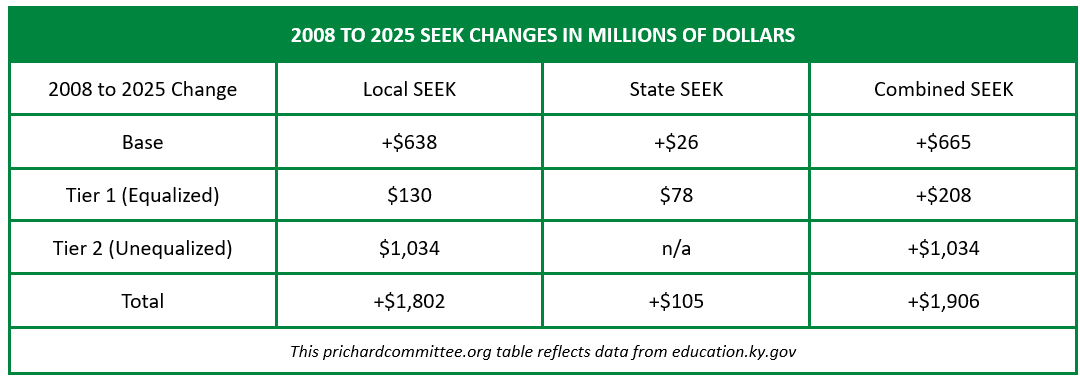Investments in the early years of education, including kindergarten through 3rd grade, build the foundation in reading and mathematics necessary for student success in the future. This foundation is critical as students read to learn after 3rd grade, not just learn to read.
Research demonstrates:
- By the end of 3rd grade, 16% of students not reading proficiently do not graduate high school on time, four times higher than the rate of those who are proficient. (Double Jeopardy)
- The rate rises to 26% for those students who live in poverty, 25% for African American and Hispanic students, and nearly one-third for African American and Hispanic students who live in poverty. (Double Jeopardy)
- Students who are chronically absent are far less likely to achieve levels of proficiency across all student groups. (Chronic Absenteeism)
Students need to be ready to learn for academic success as soon as they enter kindergarten, and learning must persist at a high level through the early grades to ensure a strong start. Currently, too many Kentucky students begin school underprepared and struggle to realize the promise of proficiency in reading and mathematics by the end of 3rd grade. Consider:
- In 2017, only 55.8% of all Kentucky 3rd grade students scored proficient or better in reading on the K-PREP assessment compared to 32.8% of African American students, and 42.7% of Hispanic students – with even larger gaps for English language learners and students with learning differences.
- In 2017, half of Kentucky’s children started behind, and achievement gaps seen later in school begin early. This is demonstrated in the kindergarten readiness rate, which is far lower for Hispanic students, English language learners, students with learning differences, and those qualifying for free/reduced price lunch.
- Similarly, only 50.9% of all Kentucky 3rd grade students scored proficient or better in mathematics on the K-PREP assessment compared to 30.3% of African American Students, 40.6% of Hispanic students – with even larger gaps for English language learners and students with learning differences.
The K-3 Blueprint will elevate best practices and policies to move Kentucky forward in ensuring every student achieves proficiency in reading and mathematics by the end of third grade.
By bringing key data to light, telling stories of high-performing schools, and highlighting evidence-based policies and practices, the K-3 Blueprint will offer a tool to school leaders and community members to build awareness and impact practice in the following key areas:
Increase Student Learning Time
In class time is predictive of grade level achievement in reading, mathematics, and general knowledge, with even greater impact on children from low-income families. Learning time can be increased through summer reading and transition programs and through a number of other methods.
Since chronic absenteeism is a significant problem in Kentucky and a critical factor in the likelihood of academic success, it is important to note that:
- From kindergarten through fifth grade, 10% of Kentucky students are chronically absent, with much higher rates in kindergarten and first grade.
- Proficiency rates on the state K-PREP assessment are substantially lower for chronically absent students across all student groups.
Improving What and How Students are Taught
A knowledge-rich curriculum can have a positive impact on student reading performance.
Effective professional learning strategies for teachers and elementary principals have a positive effect on student achievement.
Early and Effective Intervention
Sixteen percent of students not reading proficiently by the end of 3rd grade do not graduate high school on time, four times higher than the rate of those who are proficient. It is critical for improving early intervention to help those that are struggling.












